
Let’s hope there are more Vasily Arkhipovs out there today—we need them now more than ever
On October 27, 1962, Soviet naval officer Vasily Arkhipov helped prevent the outbreak of World War III and saved humanity from nuclear catastrophe.
A minesweeper during the Pacific War, Arkhipov was the commander of a diesel submarine that had been sent by Soviet Premier Nikita Khrushchev to escort merchant ships bound for Cuba, which were equipped with a torpedo boat armed with a nuclear warhead.
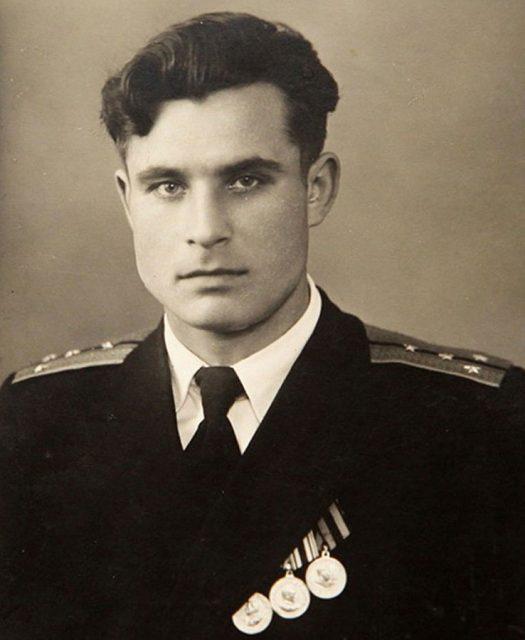
On October 14, 1962, a U.S. spy plane flying over Cuba had revealed that the Soviet Union was building ramps for the installation of missiles with nuclear warheads, in retaliation for the United States deploying missiles with nuclear warheads capable of striking the Soviet Union in Italy, at Gioia del Colle (Apulia in southern Italy), and in Turkey.
President Kennedy’s imposition of a naval blockade after the spy plane discovery triggered the 13-day Cuban Missile Crisis, during which time the submarine that Arkhipov commanded was being pursued by U.S. destroyers which, using depth charges, were trying to force Arkhipov’s submarine to the surface.
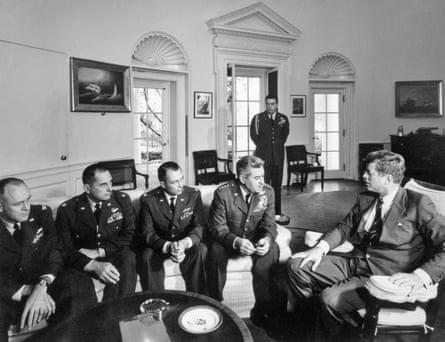
After the Soviet sub’s ventilation system broke down and communication was cut, the captain of the Soviet submarine group, Valentin Grigoryevich Savitsky, was convinced that war had broken out.
Not wanting to sink without a fight, he decided to launch a nuclear warhead at the aircraft carrier pursuing his sub.
The political officer, Ivan Semyonovich Maslennikov, agreed with the captain, but on the flagship B-59, Arkhipov’s consent was also needed, and he objected, convincing Savitsky ultimately to do the same.[1]
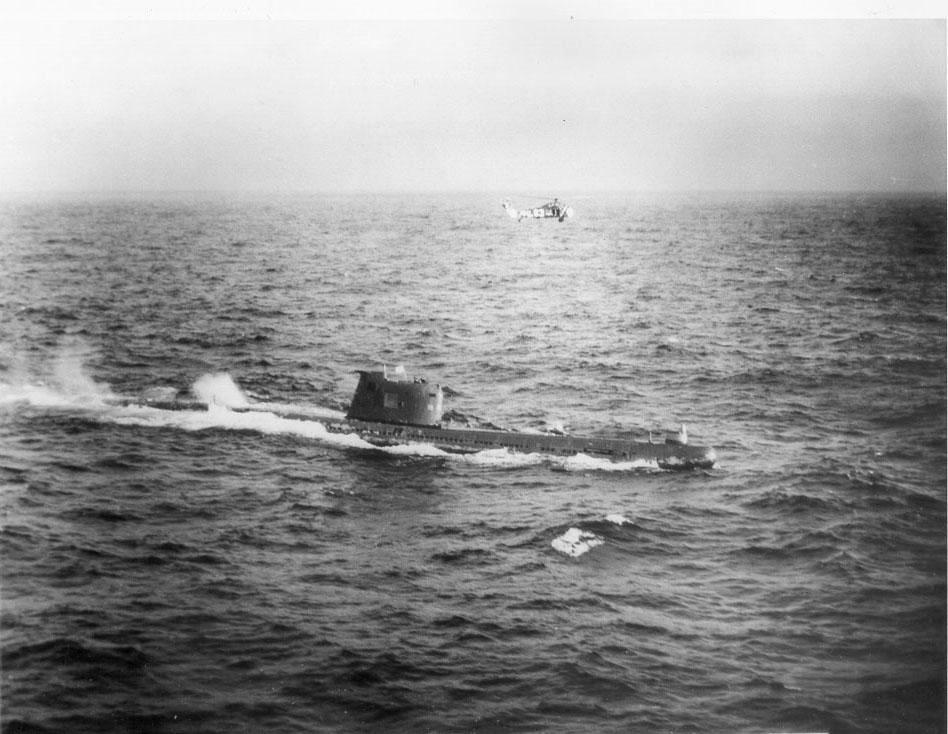
Arkhipov’s persuasion averted a nuclear war, whose consequences would have been horrific. After surfacing, Arkhipov’s sub was fired on by Americans but was able to return to the Soviet Union safely.
Spooked about how the world had come so close to the nuclear brink, President Kennedy gave a speech at American University in June 1963, five months before his assassination, calling for a “reexamin[ation of the U.S.] attitude towards the Soviet Union” and “Cold War” and for the U.S. and Soviets to work together for a “just and genuine peace” and to “halt the arms race.”
“Confident and unafraid,” Kennedy concluded, “we must labor on—not towards a strategy of annihilation but towards a strategy of peace.”
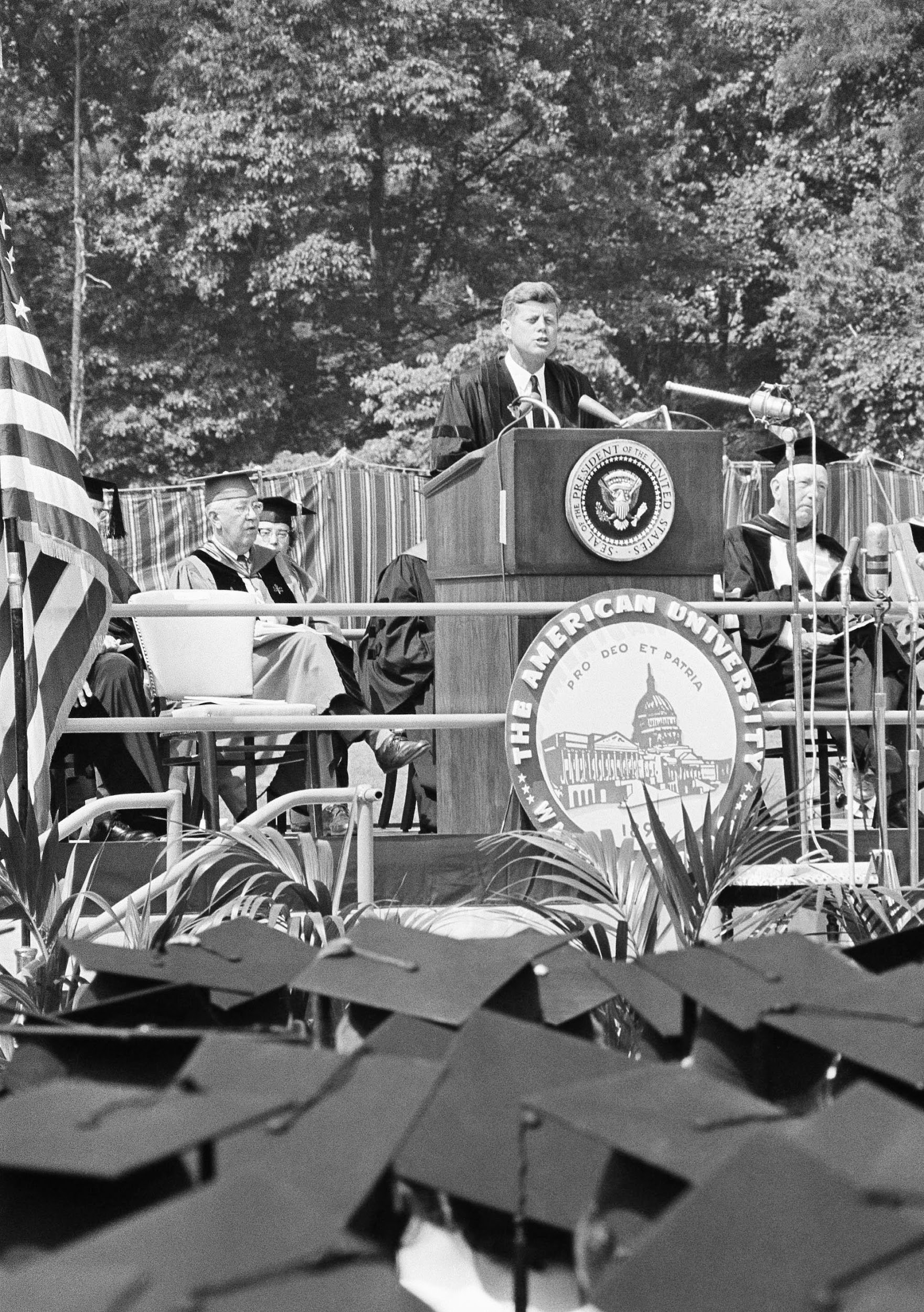
Another Grave Moment of Danger
Defense Secretary Robert S. McNamara was not mincing his words when he said years after the events that “We came very, very close [to nuclear war during the Cuban missile crisis,] closer than we knew at the time.”

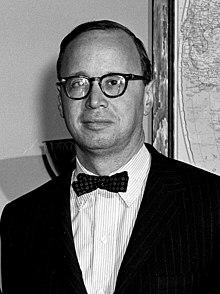
Arthur Schlesinger, Jr., characterized the period of the Cuban Missile Crisis as “not only the most dangerous moment of the Cold War [but] the most dangerous moment in human history.”
That moment of danger unfortunately appears just as sharp today.
Time magazine reported in late October that Russia’s launching of missile strikes targeting energy plants within Ukraine and civilian infrastructure “triggered fears that hostilities were escalating and inching closer to nuclear war.”
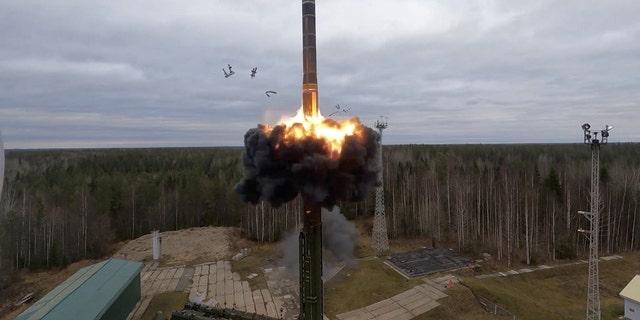
The U.S. had stoked the fire by a) engaging in provocative military drills testing the handling of thermonuclear bombs; b) delivering bombers to Europe equipped with low-yield tactical nuclear weapons; and c) carrying out acts of international terrorism such as the sinking of the flagship vessel of the Russian Black Sea Fleet called the Moskva that prompted Russian President Vladimir Putin to place Russia on high nuclear alert.
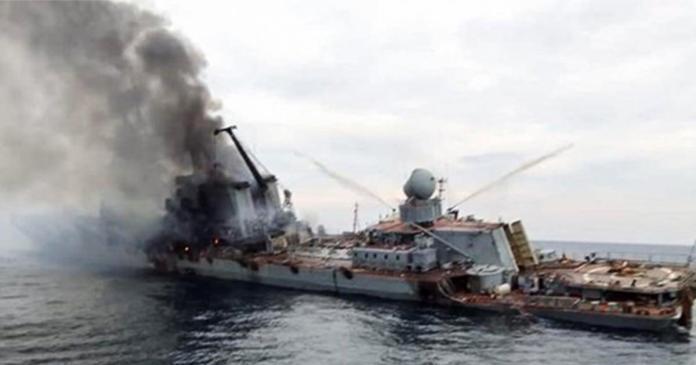
The U.S. was generally the one to provoke a new Cold War with Russia by a) expanding NATO towards Russia’s border; b) imposing economic sanctions on it under fraudulent pretexts; c) and then backing a coup in Ukraine that triggered the conflict in eastern Ukraine which has evolved into a proxy war.[2]
In October 2018, the Trump administration pulled the U.S. out of the 1987 Intermediate-Range Nuclear Forces (INF) agreement, characterized by former U.S. ambassador to Russia Jon Huntsman, Jr., as “probably the most successful treaty in the history of arms control.”[3]
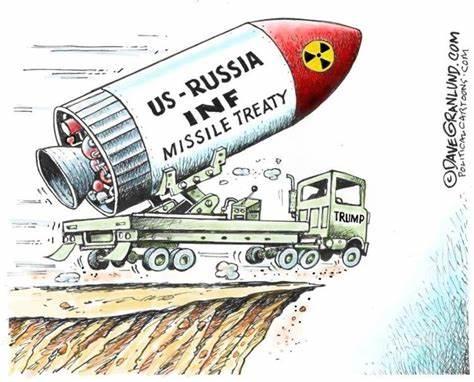
Carl J. Richard, head of the U.S. Strategic Command (STRATCOM) which oversees the nation’s nuclear arsenal, wrote in the U.S. Naval Institute’s monthly magazine subsequently that the U.S. military had to “shift its principal assumption from ‘nuclear employment is not possible’ to ‘nuclear employment is a very real possibility,’” in the face of threats from Russia and China.
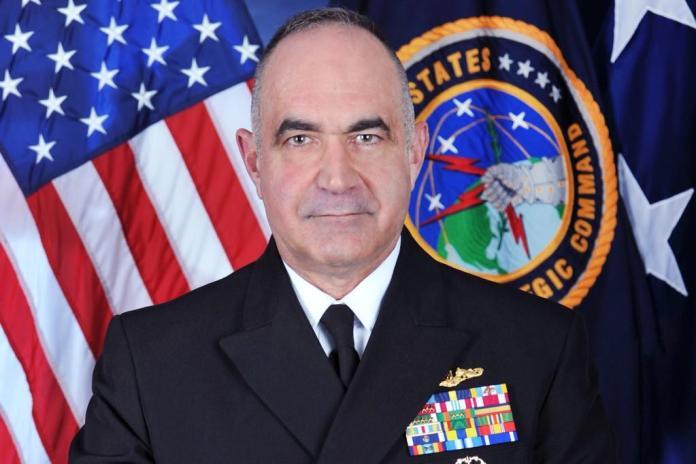
Richard’s successor, Anthony J. Cotton, said just as ominously during his confirmation hearing in September that his job was to prepare the 150,000 men and women under his command to deploy nuclear weapons, and that the president should have flexible nuclear options.

Both Richard and Cotton appear to be of the opposite character of Arkhipov, whose level-headedness under pressure and commitment to peace between the U.S. and Russia needs to be remembered at this time.
In a deeply Russophobic climate, Arkhipov should remind us also not to associate Russians with the stereotyped qualities promoted about them in Hollywood films—and in the ravings of Pentagon war planners and politicians who have led us into another grave crisis.

-
See Ron Ridenour, The Russian Peace Threat: Pentagon on Alert (New York: Punto Press, 2018), chapter 5. ↑
-
See Jeremy Kuzmarov and John Marciano, The Russians are Coming, Again: The First Cold War as Tragedy, the Second as Farce (New York: Monthly Review Press, 2018). ↑
-
See Scott Ritter, Disarmament in the Time of Perestroika: Arms Control and the End of the Soviet Union (Atlanta: Clarity Press, 2022) on the lost promise of the disarmament treaties of the late Cold War era. ↑
CovertAction Magazine is made possible by subscriptions, orders and donations from readers like you.
Blow the Whistle on U.S. Imperialism
Click the whistle and donate
When you donate to CovertAction Magazine, you are supporting investigative journalism. Your contributions go directly to supporting the development, production, editing, and dissemination of the Magazine.
CovertAction Magazine does not receive corporate or government sponsorship. Yet, we hold a steadfast commitment to providing compensation for writers, editorial and technical support. Your support helps facilitate this compensation as well as increase the caliber of this work.
Please make a donation by clicking on the donate logo above and enter the amount and your credit or debit card information.
CovertAction Institute, Inc. (CAI) is a 501(c)(3) non-profit organization and your gift is tax-deductible for federal income purposes. CAI’s tax-exempt ID number is 87-2461683.
We sincerely thank you for your support.
Disclaimer: The contents of this article are the sole responsibility of the author(s). CovertAction Institute, Inc. (CAI), including its Board of Directors (BD), Editorial Board (EB), Advisory Board (AB), staff, volunteers and its projects (including CovertAction Magazine) are not responsible for any inaccurate or incorrect statement in this article. This article also does not necessarily represent the views the BD, the EB, the AB, staff, volunteers, or any members of its projects.
Differing viewpoints: CAM publishes articles with differing viewpoints in an effort to nurture vibrant debate and thoughtful critical analysis. Feel free to comment on the articles in the comment section and/or send your letters to the Editors, which we will publish in the Letters column.
Copyrighted Material: This web site may contain copyrighted material the use of which has not always been specifically authorized by the copyright owner. As a not-for-profit charitable organization incorporated in the State of New York, we are making such material available in an effort to advance the understanding of humanity’s problems and hopefully to help find solutions for those problems. We believe this constitutes a ‘fair use’ of any such copyrighted material as provided for in section 107 of the US Copyright Law. You can read more about ‘fair use’ and US Copyright Law at the Legal Information Institute of Cornell Law School.
Republishing: CovertAction Magazine (CAM) grants permission to cross-post CAM articles on not-for-profit community internet sites as long as the source is acknowledged together with a hyperlink to the original CovertAction Magazine article. Also, kindly let us know at info@CovertActionMagazine.com. For publication of CAM articles in print or other forms including commercial internet sites, contact: info@CovertActionMagazine.com.
By using this site, you agree to these terms above.
About the Author

Jeremy Kuzmarov holds a Ph.D. in American history from Brandeis University and has taught at numerous colleges across the United States. He is regularly sought out as an expert on U.S. history and politics for radio and TV programs and co-hosts a radio show on New York Public Radio and on Progressive Radio News Network called “Uncontrolled Opposition.”
He is Managing Editor of CovertAction Magazine and is the author of six books on U.S. foreign policy, including Obama’s Unending Wars (Clarity Press, 2019), The Russians Are Coming, Again, with John Marciano (Monthly Review Press, 2018), Warmonger. How Clinton’s Malign Foreign Policy Launched the U.S. Trajectory From Bush II to Biden (Clarity Press, 2023); and with Dan Kovalik, Syria: Anatomy of Regime Change (Baraka Books, 2025).
Besides these books, Kuzmarov has published hundreds of articles and contributed to numerous edited volumes, including one in the prestigious Oxford History of Counterinsurgency .
He can be reached at jkuzmarov2@gmail.com and found on substack here.

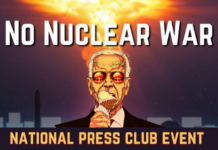
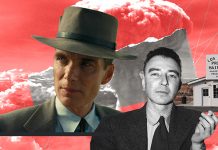


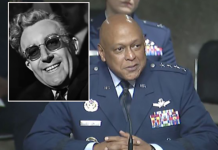


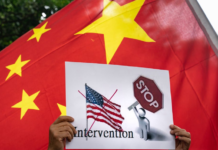
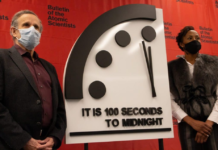

With all due respect to that Russian naval officer, and one cannot be too respectful of his decision, it was not nearly as significant as the decision of Pres. Kennedy, who, according to the taped recordings of his Oval Office, was the ONLY one, among his generals and “the best and the brightest,” plus brother, RFK, who was determined to avoid a war with Russia at any cost. Thus, he opened back channel communications with Khruschev, without the knowledge of the CIA, which resulted in the Russian missiles (which were loaded in their launchers) being withdrawn from Cuba in exchange for US missiles being withdrawn from Turkey.
That this crucial piece of history is not mentioned in this article is inexcusable, but given the author’s and Covert Action’s embrace of Russia and Vladimir Putin, unfortunately, not surprising.
Great
[…] You Should Thank this Russian Naval Officer that You and Your Loved Ones Are Alive Today https://covertactionmagazine.com/2022/12/15/you-should-thank-this-russian-naval-officer-that-you-and… […]